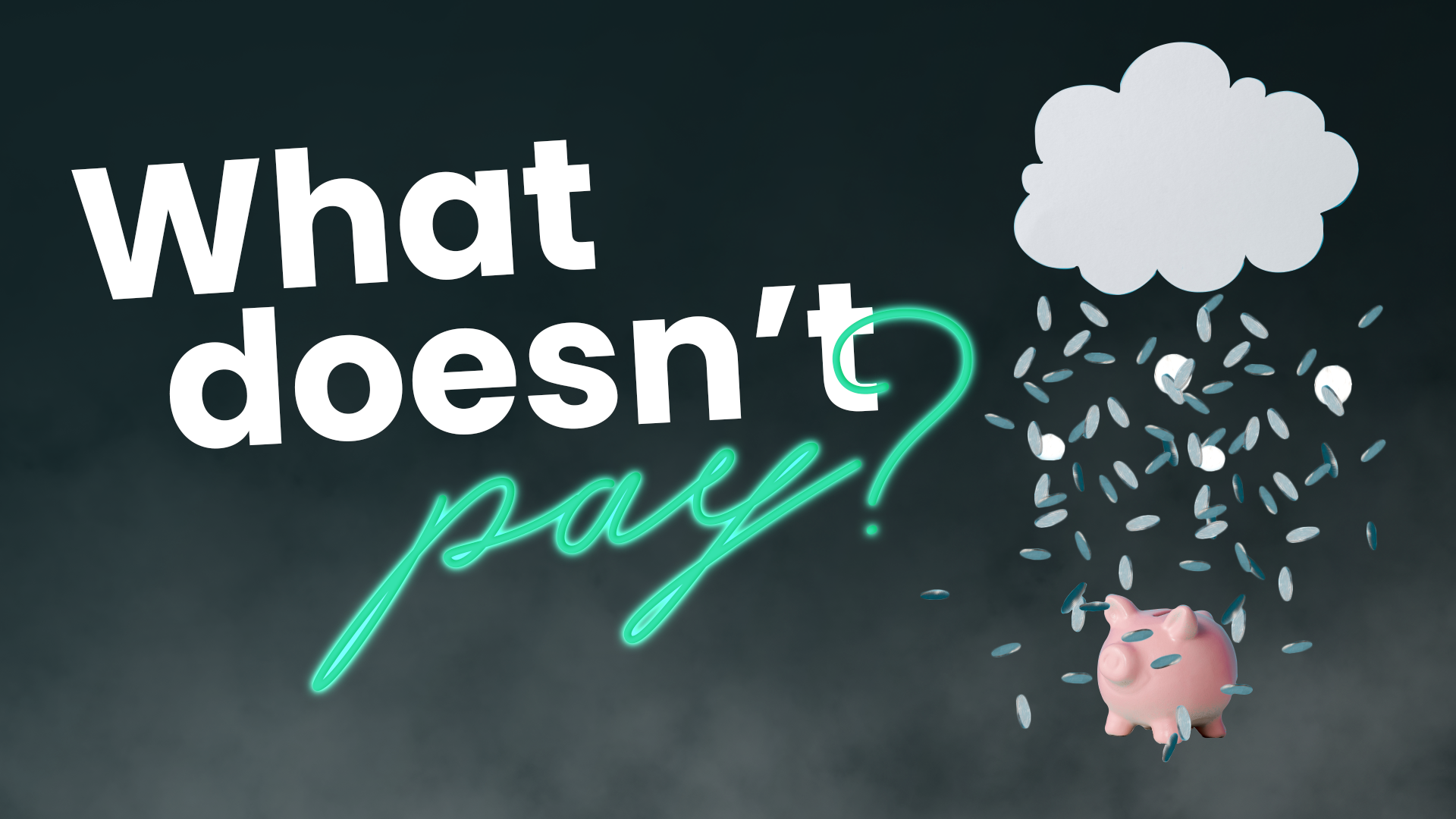What doesn’t pay?
Whether you’re a musician, rights holder, manager or someone simply looking to learn more about Neighbouring Rights, trying to understand the royalty, where it does and doesn’t pay, can feel a little like searching for fruit on a desert island while wearing a blindfold.
Fortunately, two of our podcast regulars Tania Olivera (Director of Society Relations for Transparence Entertainment Group) and Andrew Ullah (Royalty Audit and Services Manager at Leftbrain) have come to your rescue, armed with answers to the most common questions they hear from artists.
My track has thousands of plays on Spotify, what is that worth?
Sadly, unless you’re in Spain or Hungary, streams from any of the digital distributors (Spotify, Apple Music, Deezer etc) will not pay Neighbouring Rights.
Fortunately, there is widespread support for change in far reaching campaigns such as #fixstreaming and #brokenrecord, set up by the Musicians Union and Ivors Academy respectively. There is also the #PayPerformers initiative in Europe which continues to lobby for legislative changes that would attach Neighbouring Rights to streaming royalties.
If you want to help affect change and champion fair pay for artists, please consider supporting these campaigns by using the hashtags above.
My music videos have thousands of views, can I get Neighbouring Rights for them?
Unfortunately, the answer is again no. Currently, they only pay the public performance royalty to the publishers and songwriters.
This is because YouTube is considered an interactive medium, where users have chosen to listen to specific tracks and therefore don’t meet the criteria for Neighbouring Rights collection, namely non-interactivity. Neighbouring Rights is collected on audio and audio-visual mediums, such as the radio or TV stations, where tracks have been curated beforehand. (Although the US does not pay on radio on TV.)
Again, there is hope we can change this but with just two countries currently paying Neighbouring Rights for streaming, change is more evolutionary than revolutionary.
My song is in the background of a commercial, should I get Neighbouring Rights?
Fortunately, this is a more positive answer, though it still remains a grey area for some. If your track is a commercial release and has an ISRC attached, for instance ‘Poker Face’ by Lady Gaga, then yes in the UK, PPL will match income to it. However, if your track is what is referred to as ‘library music’ or ‘production music’ then the answer nine times out of ten, is no.
Again, this is different in two countries, Spain and the Netherlands. If your track is played on TV, whether it be in the background of a commercial or as part of a thrilling chase scene, you can claim Neighbouring Rights BUT, you’ll have to go direct to each nation’s CMO; for Spain that’s AIE and for the Netherlands it’s SENA.
What we often recommend is that artists and rights holders of production music, release their tracks commercially and obtain that ISRC’s. That way, at least in the UK, you’ll be registered to the PPL database and you’ll be paid Neighbouring Rights. This is something we see happening quite a lot now, for instance in Marvel films, entire soundtracks will be released commercially which allows them to ante up their royalties and take home Neighbouring Rights.
I played my tracks live to a large audience, can I claim Neighbouring Rights for this?
No, this would fall under a totally different royalty stream as the recording/master of your songs haven’t been played. Only the composition was publicly performed and only PRS would collect the royalties in the UK, which if you haven’t already signed up for, you can here.
My tracks were played as part of a DJ set, as they are masters, will I be paid Neighbouring Rights?
They should be. However, PPL is not yet gathering accurate, in time data from all of it’s licensees and is only paying on a success basis. The bigger star you are the more income they afford you without checking who played what when. Emerging artists are not getting a pro rata split. Artists and Neighbouring Rights reps are stirring up the waves of change though and negotiations with CMOs like PPL are being asked to start collecting playlists or to increase listening devices for accurate reporting. After all, it’s the masters that are being played, non-interactively and often to large audiences.
The same is also true for artists who lip sync a performance over their masters. As it stands, the artist is unable to claim Neighbouring Rights for this. But they should be able to as a master is played in public.
The advocacy arm of IAFAR hopes to affect this change. We’ve seen progress made recently in Spain with Spotify so we know our advocacy is effective. Your help will make our voice stronger. Join IAFAR today if you haven’t already. Thanks for your support.




